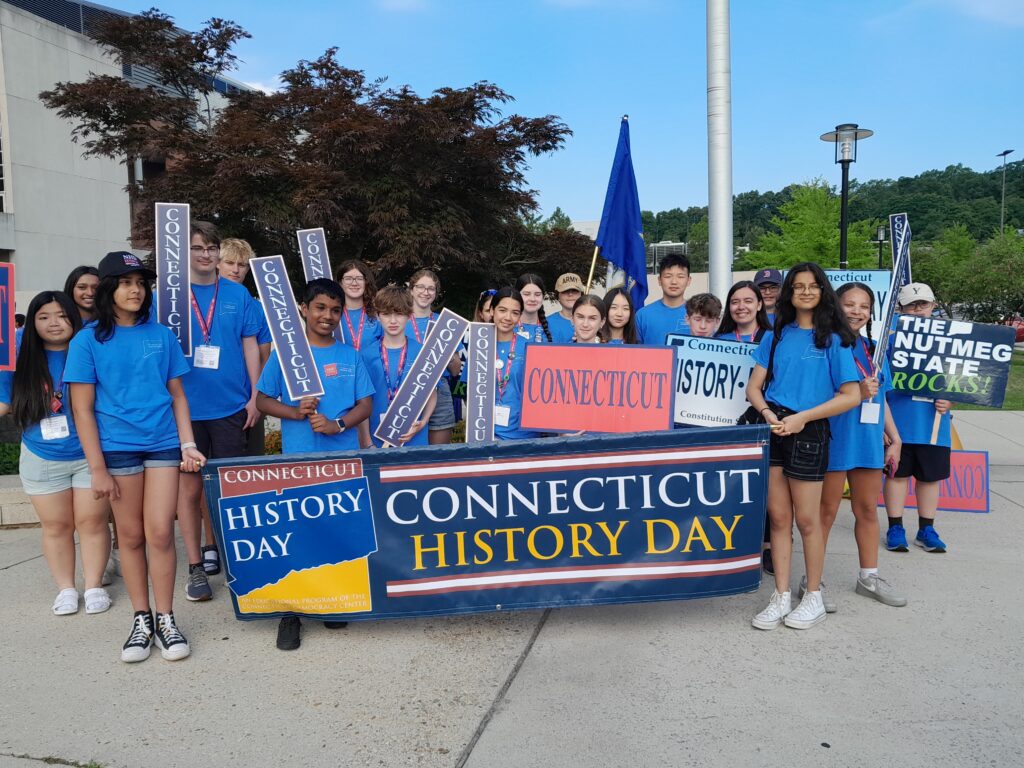By CTH Staff
The 2025 theme for National History Day is “Rights and Responsibilities in History.” There are lots of different types of rights and responsibilities that initiate, uphold, and protect the freedoms that are crucial to our society’s ability to function. Over the course of history, Connecticut’s people have taken on responsibilities to establish state and national rights through the courts, protests, and everyday acts.
Establishing Rights
Centuries before Connecticut became a state and ever since, Native Americans from numerous tribes have fought for the recognition of their sovereignty and various rights. As European settlers took over more and more of the land that is now Connecticut, they enacted various documents that established rights for select groups of people. Principles from documents, such as the Fundamental Orders of Connecticut and the Charter of 1662, continue to impact our lives today, while other aspects have been changed to reflect current society.
Rights are often established through court rulings. Connecticut has been home to numerous precedent-setting cases. The ruling of Griswold v. Connecticut set a crucial national precedent—a constitutional right to marital privacy—and became the turning point for future rights such as abortion rights, marriage rights, and more. Individuals like Constance Baker Motley, Prudence Crandall, and Abigail and Julia Smith fought to establish rights within both state and national courts.
While rights and responsibilities keep our society running, there are often moments and periods when rights have been violated. For example, even though Connecticut ratified in the 15th Amendment in 1870, restrictive measures prevented many African Americans and other people of color from exercising their right to vote in the state for decades.
Taking On Responsibilities
Rights and responsibilities are often intertwined and reinforce each other. In addition to everyday responsibilities, some people take on the additional responsibility to fight for rights. For example, State Representative Elizabeth W. Coe and the League of Women Voters laid the groundwork to establish a woman’s right to serve on a jury.
Across Connecticut’s history people have stepped up to take responsibility for their communities. Maria Colón Sánchez began advocating for her community as an activist and fought for bilingual education in public schools before becoming the first Hispanic woman elected to the Connecticut General Assembly. Decades earlier, Mary Townsend Seymour, William Service Bell, and others took on the responsibility of founding the Hartford chapter of the NAACP to fight for justice and civil rights for African Americans in Connecticut.
Regardless of how you decide to approach rights and responsibilities, Connecticut’s history provides numerous examples of stories to help you in your search for a local topic that addresses the varied aspects of “Rights and Responsibilities in History.”
We designed this Connecticut History Day page to help you find the perfect topic and connect you to the sources you need to get your project started. If you have any questions, we’re here, just ask. Happy exploring!










